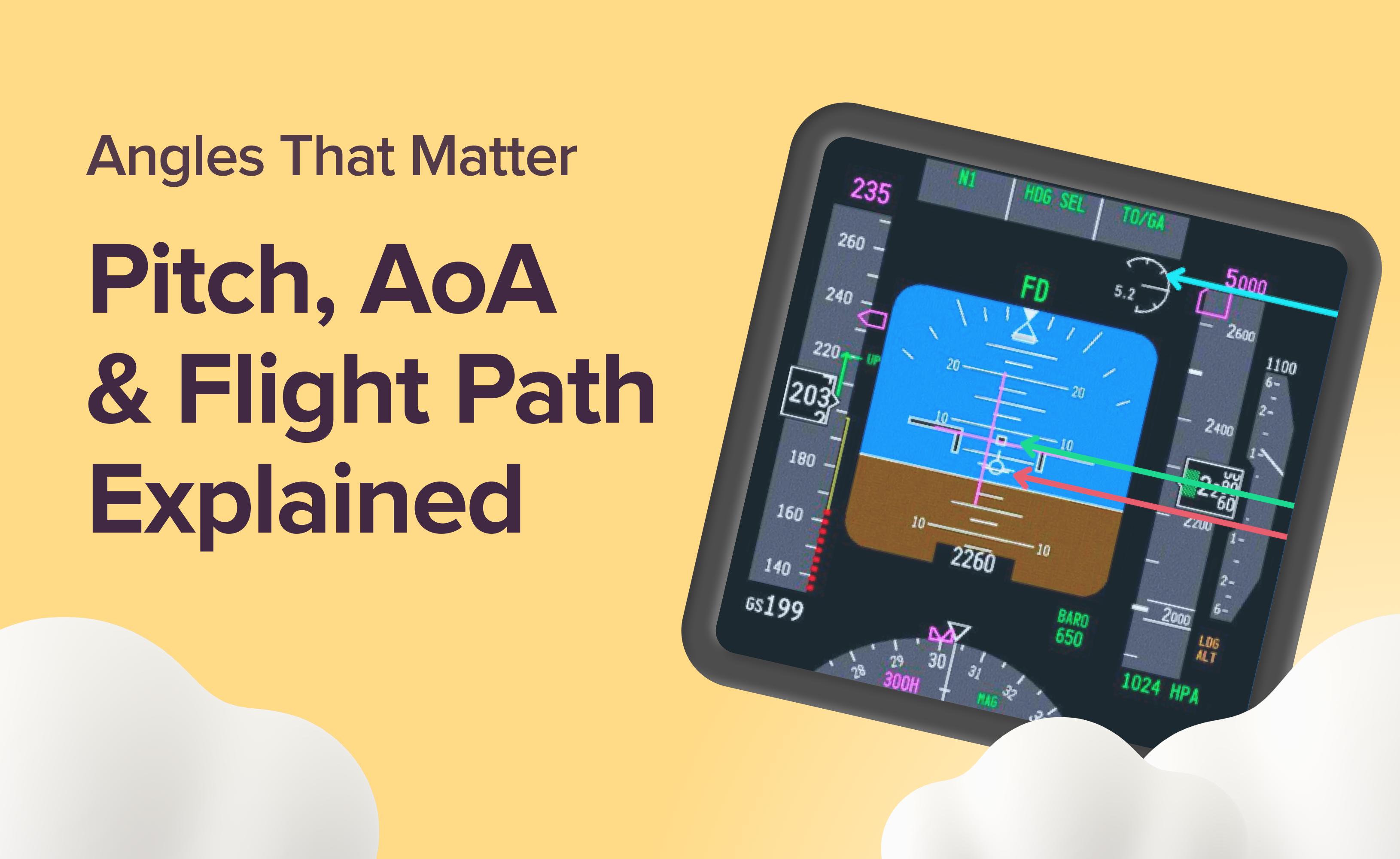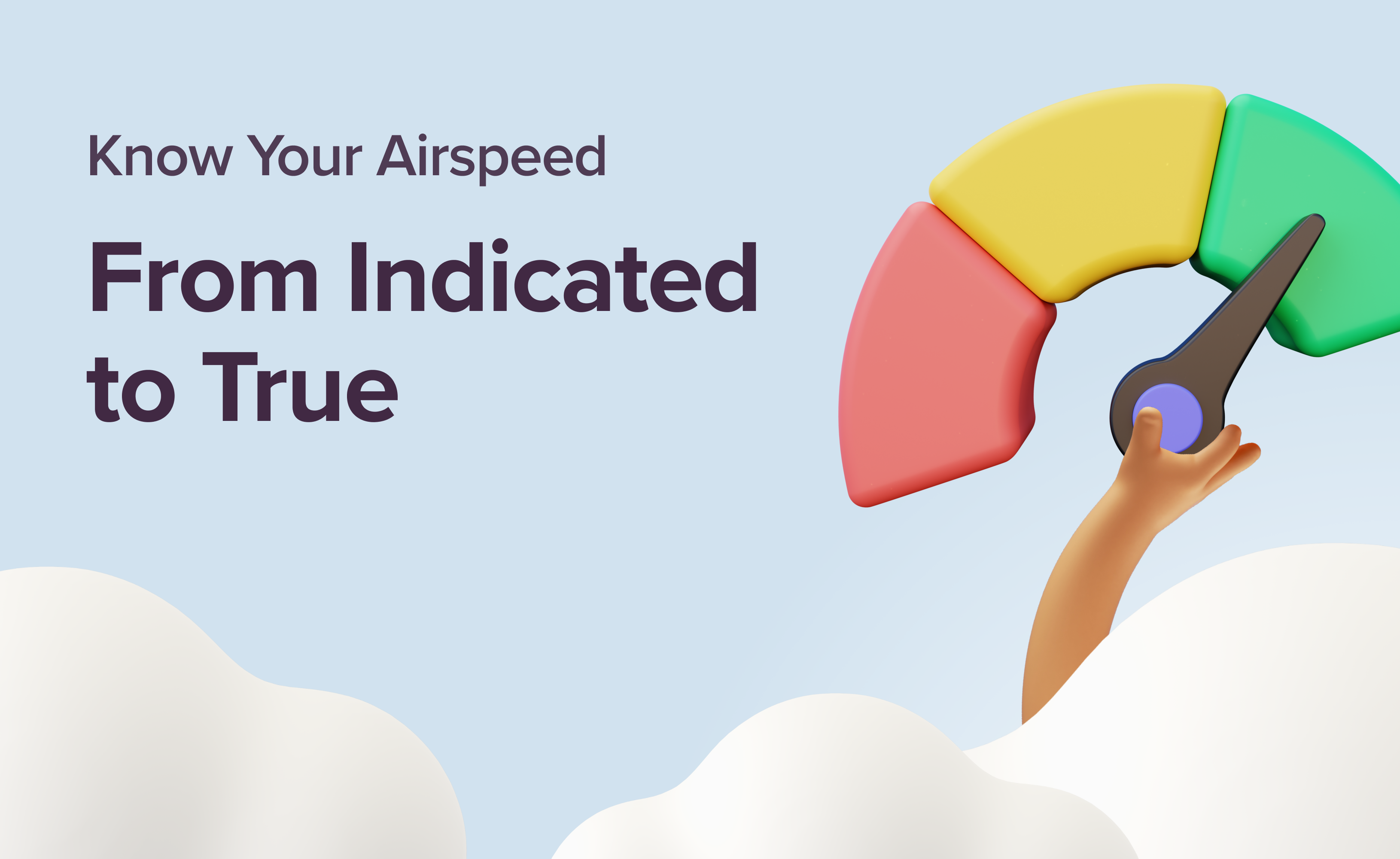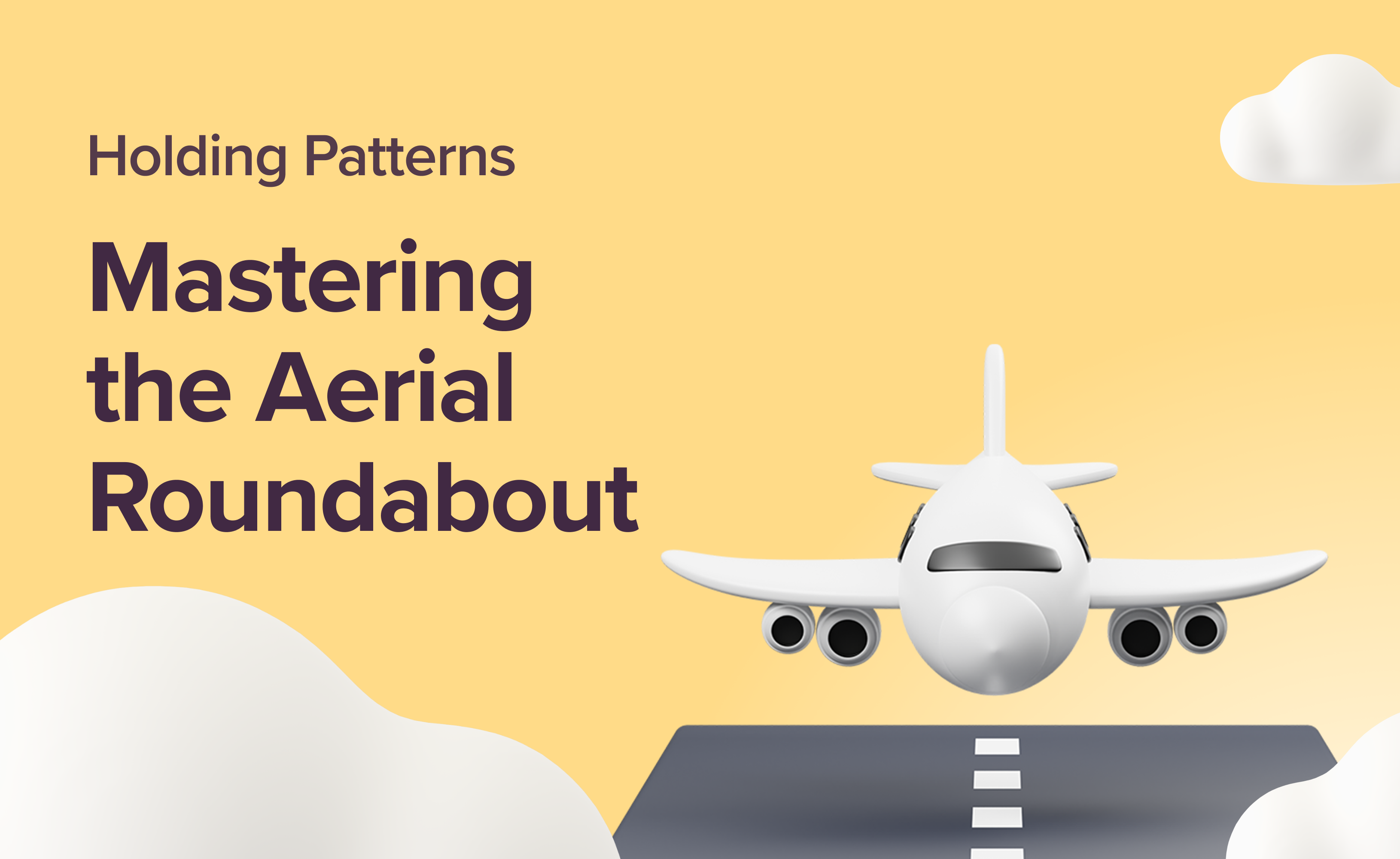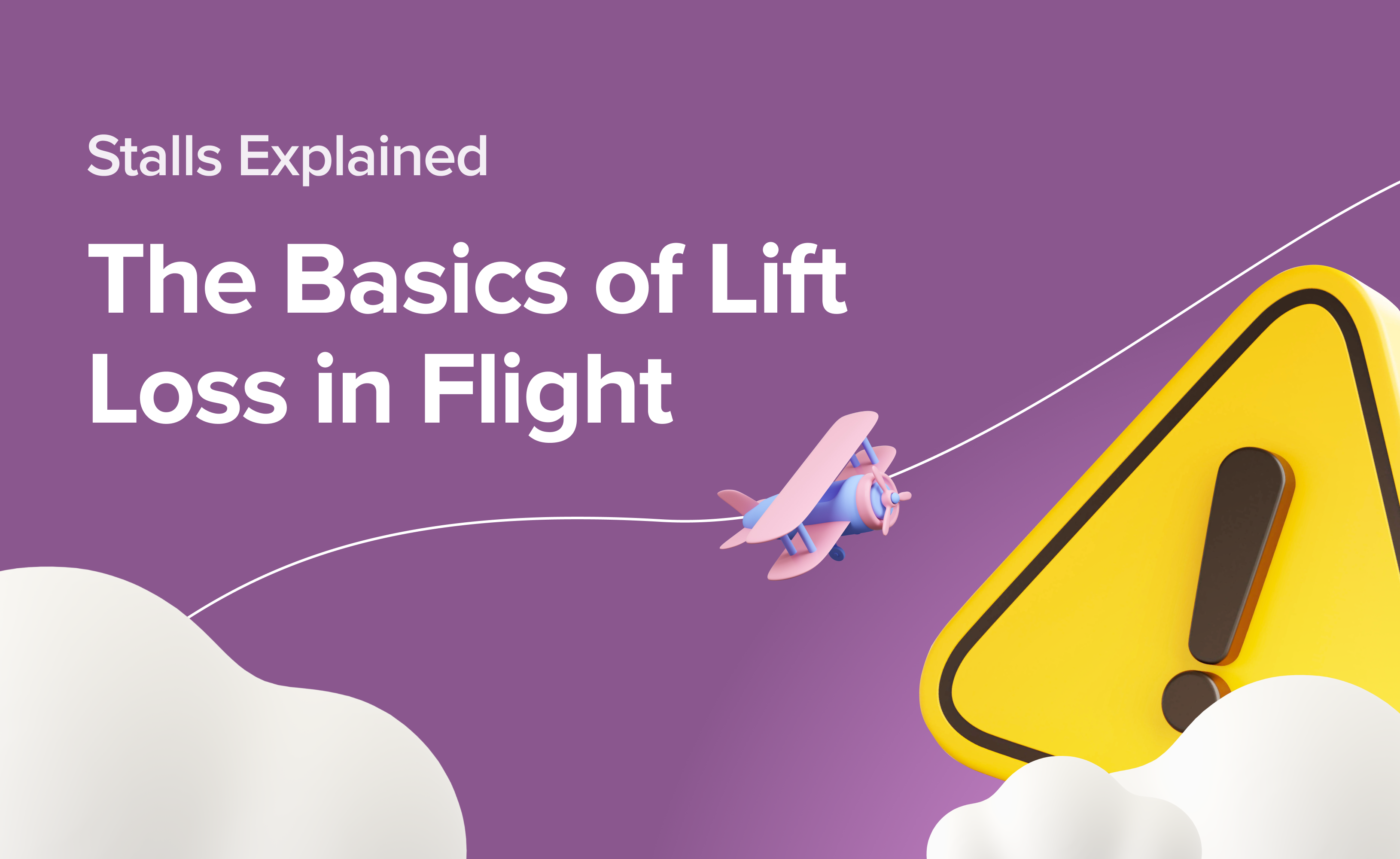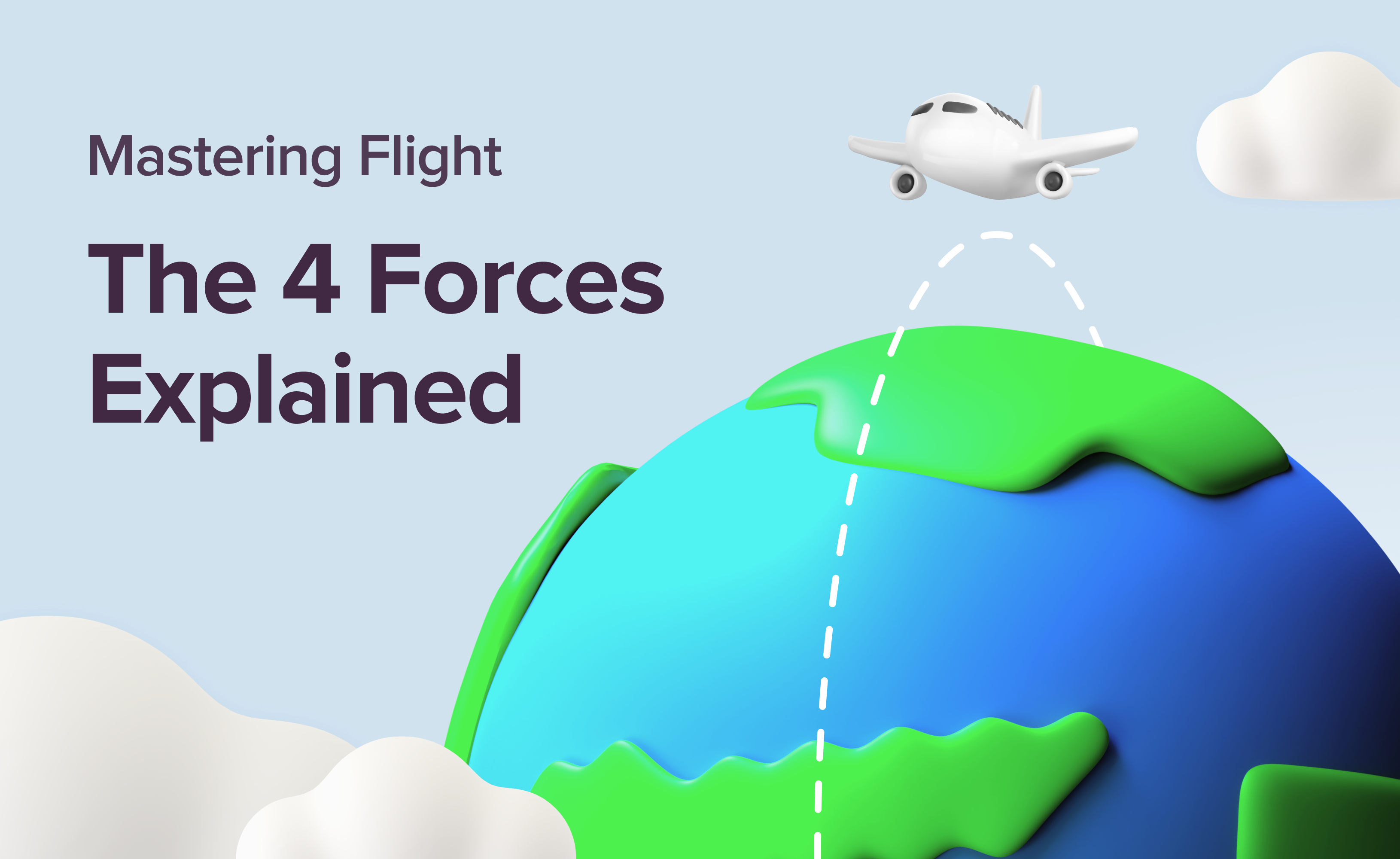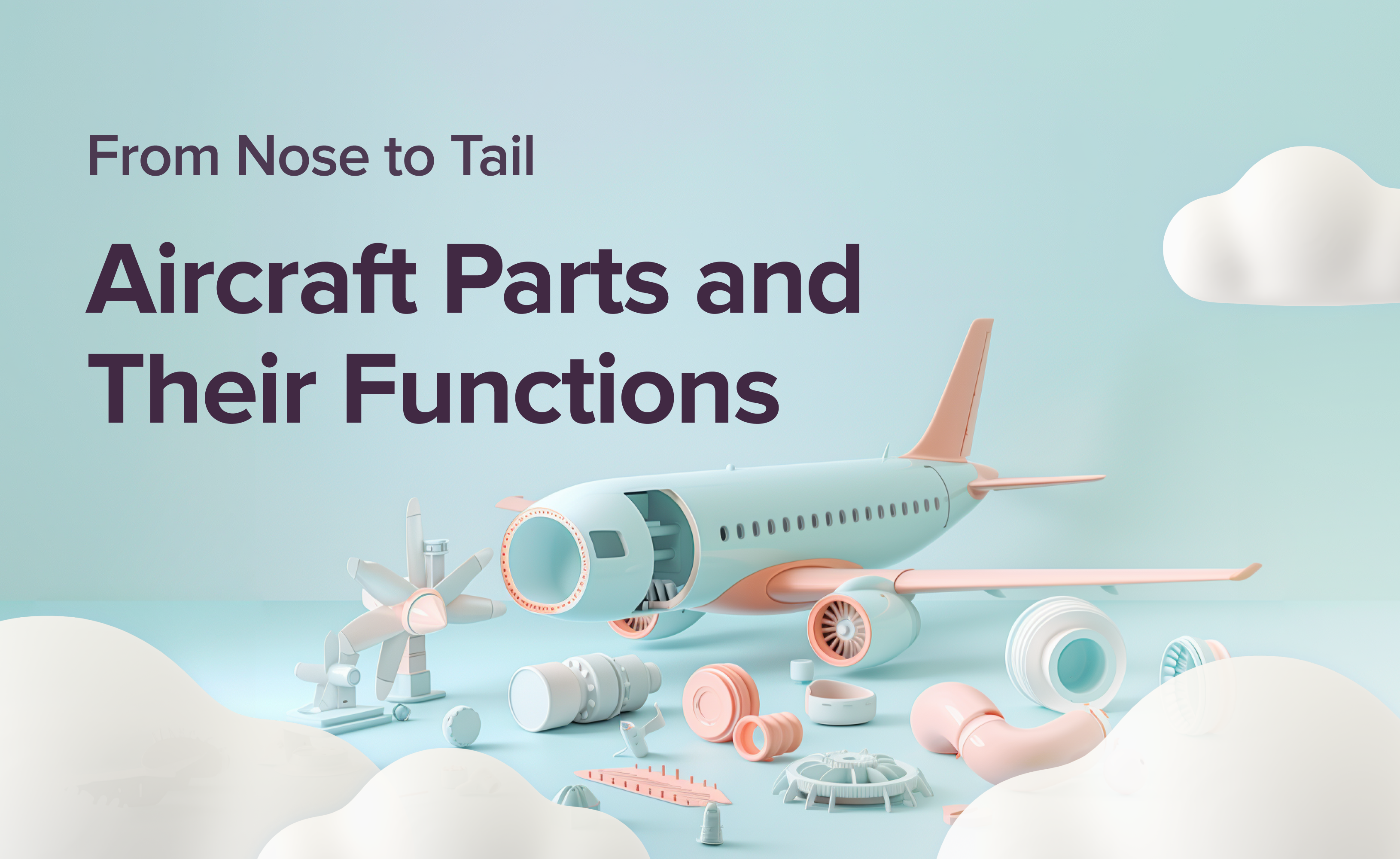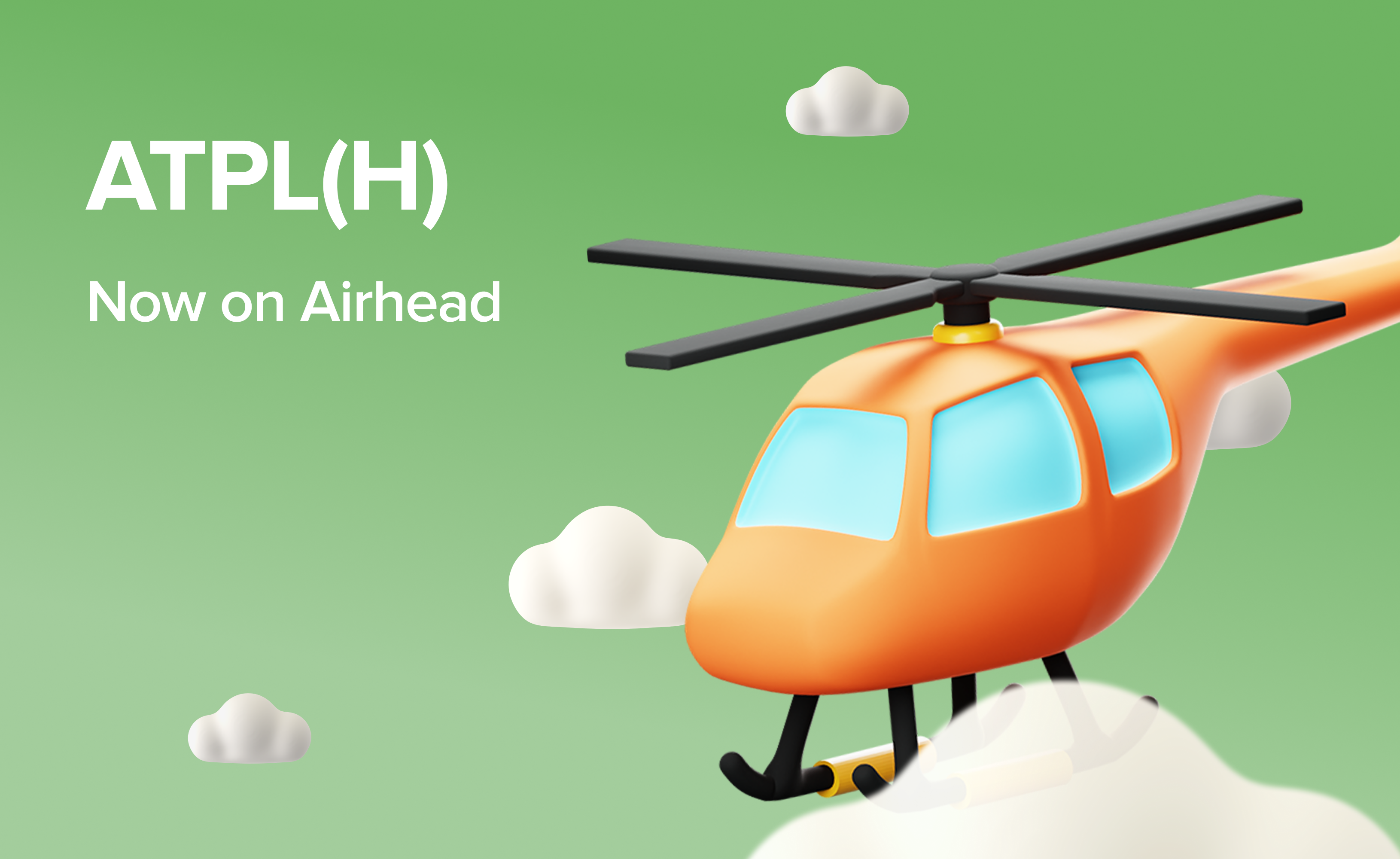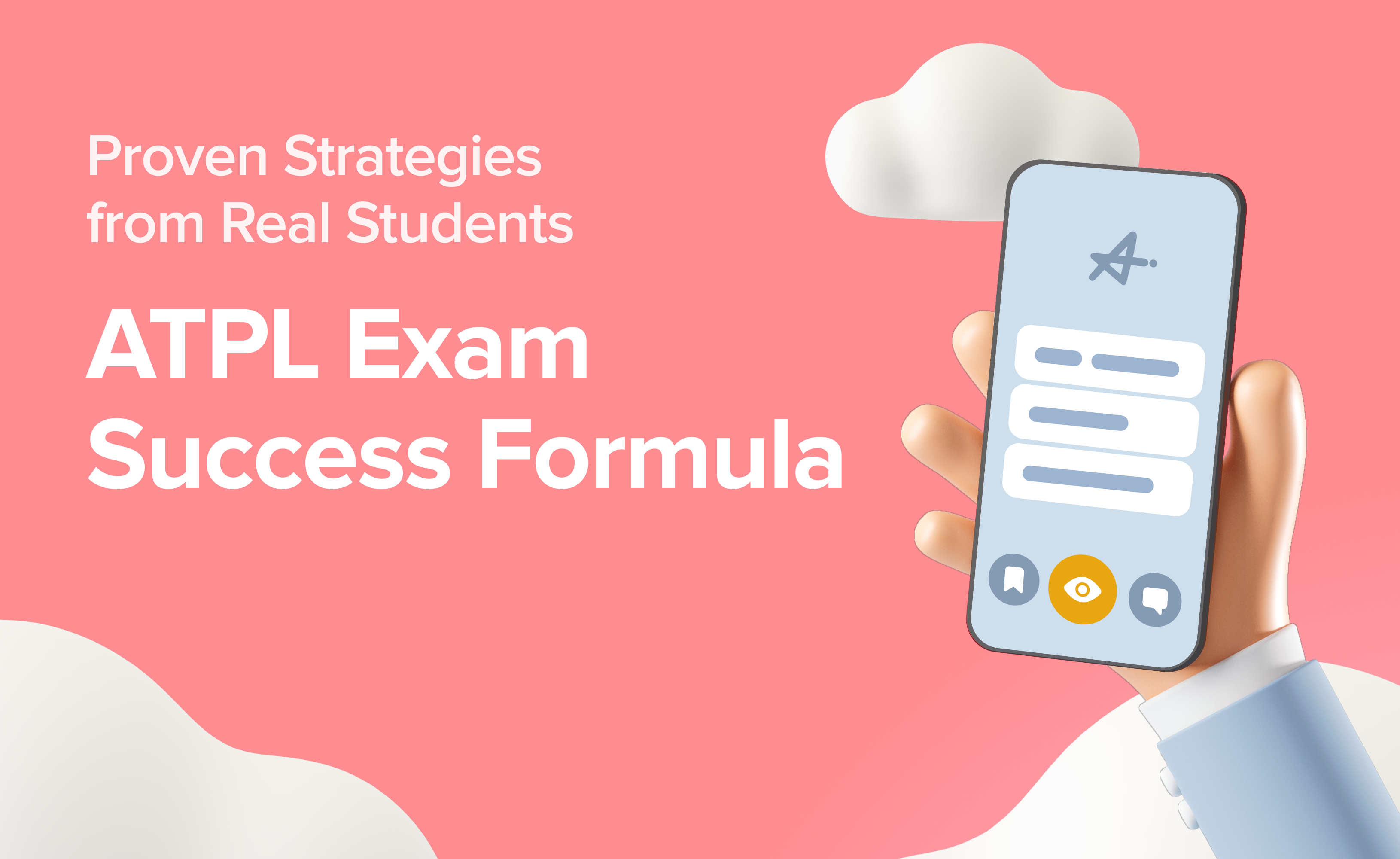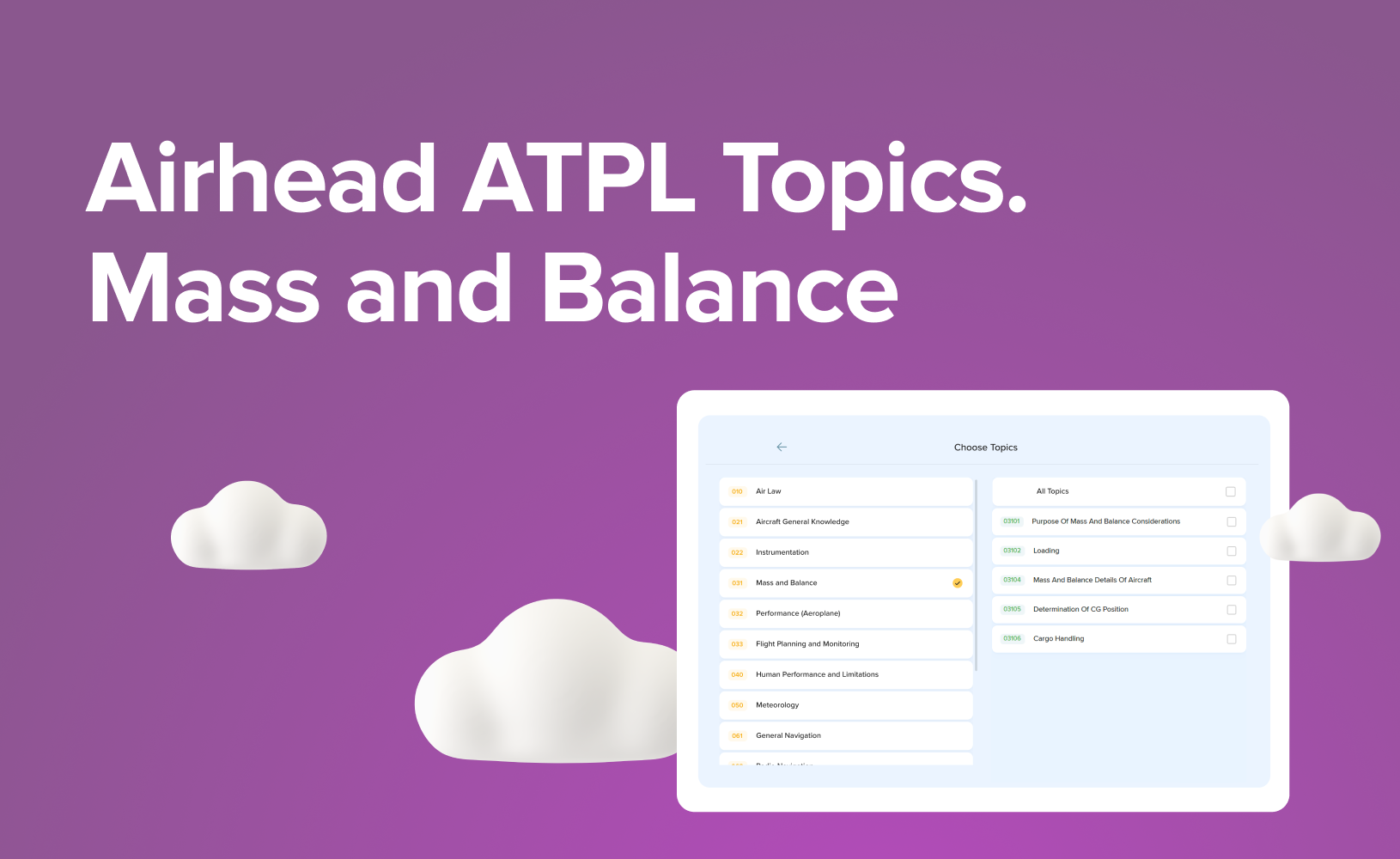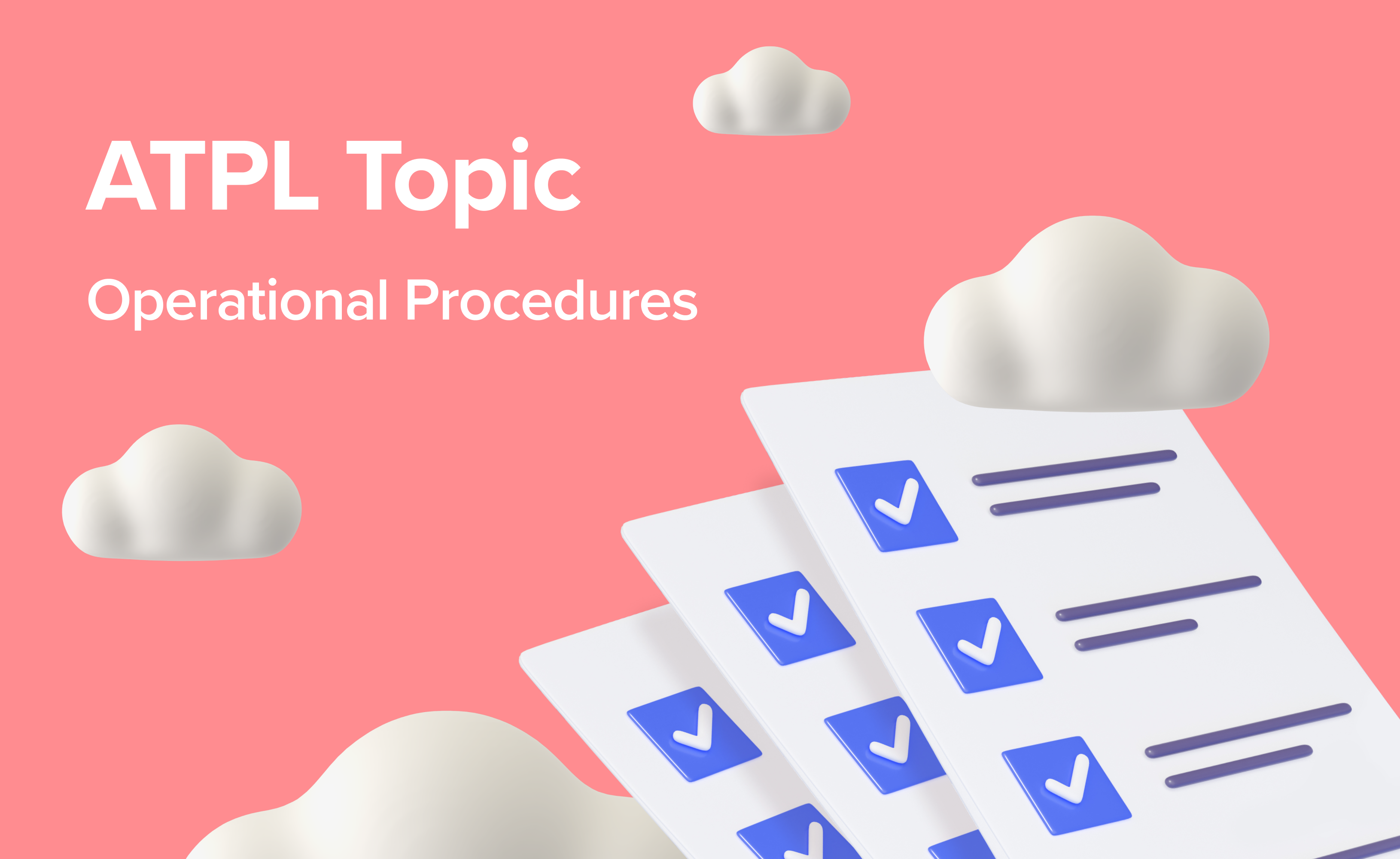ATPL Topics: Mastering Mass and Balance

Introduction
Difficulty: Medium (but the time constraint can cause problems)
Number of Questions: 25
Exam Duration: 1 hour 15 mins
83% of papers passed
Mass and Balance is one of the most practical and directly applicable subjects in the ATPL syllabus. Every time we fly, and no matter what we fly, we need to be sure that our flying machine has been loaded correctly. In basic terms, the mass/weight (we use these words interchangeably in this subject) must be below the applicable limits and at the same time it must be distributed correctly. It’s probably not something we think about too deeply at the time, but we actually fly the aircraft around its centre of gravity. So, to have full control it must be positioned where the aircraft designers intended it to be! Well, specifically, it needs to be within a limited range, from the forward limit to the aft limit.
The exam does require some basic mathematical ability and is often one that those who don’t enjoy mathematics subsequently dread. But actually, the concepts and formula are relatively simple, so with a good deal of question practise it should be an exam that most students do well at. Question practice is crucial for the Mass & Balance exam. Remember - you won't have time to analyze questions during the exam! Instead, recognize the question type straight away, know the formula to use (if there is any), identify pitfalls and traps, and swiftly apply your knowledge. Because after all in most cases this is going to be just another version of a question type you have seen (and answered correctly) many times before.
With sometimes complex sums to perform accuracy is obviously vital, so a quick check of your answer and workings for silly mistakes is never time wasted. In fact, developing a sense of “that looks about right” is exactly what we are trying to achieve here. Many accidents have happened due to pilots not properly checking their mass and balance calculations or inputting incorrect data to their computer systems. If they had only stopped briefly to see if it all made sense and looked about right…
03101 Purpose of Mass and Balance Considerations
This section starts with the basics, introducing the concept of limitations and why we need them, not just in terms of aircraft strength but also aircraft performance. It also explains the relationship between centre of gravity position and stability/control of the aircraft.
03102 Loading
Here the various terms associated with aircraft mass are introduced and explained, including how they all fit together. The various types of fuel are listed, and we are required to perform some basic conversions between the various units used in aviation for volume, mass and density. Other topics include loading objects into baggage compartments with their associated limitations and working out the masses of crew, passengers and baggage using standard masses.
03104 Mass and Balance Details of Aircraft
Now we are required to interpret the various documentation associated with aircraft mass and balance, extracting the relevant information, and using it correctly to perform our calculations. Such information includes centre of gravity limits, datums, seating schemes, compartment dimensions and limitations. We are also required to extract values for deviation from standard configuration, perhaps due to crew variations, optional equipment and optional fuel tanks etc.
03105 Determination of CG Position
Bringing everything together this section is where we work out the centre of gravity position using arithmetic, graphs and the index method. We are introduced to the various load and trim sheets as used in commercial aviation. Some of them are quite complex, such as the MRJT (Medium Range Jet Twin) and take a little getting used to. Others are very similar to what you will have come across already in your PPL studies. In the ever-changing environment of commercial aviation an important topic is that of how adding, removing or moving mass affects the aircraft centre of gravity and that is also explored fully.
03106 Cargo Handling
This subtopic covers the types of loading devices in use (Containers and pallets), their relative advantages and disadvantages and how to handle and secure them properly. It also looks in greater detail at the limitations to be found in cargo compartments and how items should be loaded correctly to avoid exceeding them.
Conclusion
To summarise, Mass & Balance is one of the smaller subjects and certainly one of the most practical. The questions can be quite involved but are generally fair and relevant. If you have practised the different types of calculations and are intimately acquainted with the documentation (Most of which is to be found within the UK CAP 696) then you should have no problems. Many students, who are thoroughly prepared, of course, do very well indeed in this examination.







